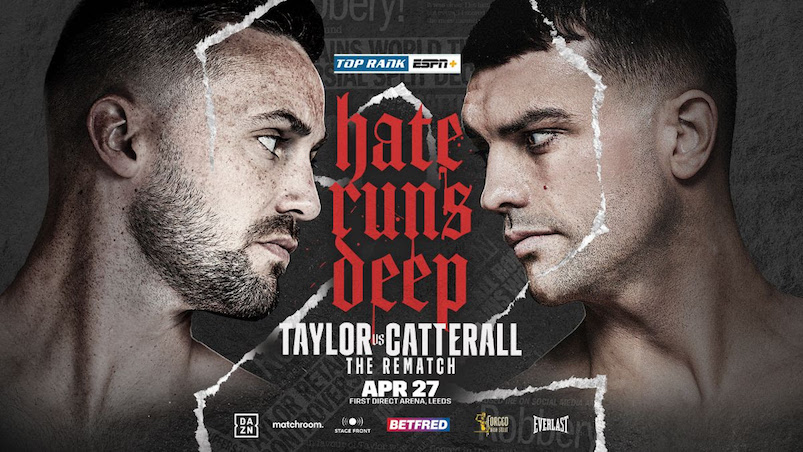The NCAA’s transfer eligibility rules are under assault. A lawsuit filed in the spring argues that the NCAA’s restrictions applied to athletes who transfer from a Division I school to another Division I school are illegal on antitrust grounds. Judges will decide if that’s true.
In the interim, it’s patently obvious that the NCAA’s transfer rules are unfair to players.
In most cases, an athlete transferring from one four-year school to another must sit out an entire academic year before competing. An example: If a player played his freshman year at a university whose coach left abruptly at the end of the season, and the player then decided he wanted to transfer to another school, he’d be forced to sit out his entire sophomore season (though he could attend the new school).
The delay creates a system in which many coaches eschew transfers for players ready to contribute right away. This is the crux of the lawsuit: The rules unfairly damage the ability of transfer students to compete for scholarships and to play their sport.
The suit was brought by a punter who tried to transfer after a coaching change derailed a scholarship promise. The NCAA ruled he must sit out a year, so the new school chose a punter with immediate eligibility. The punter quit football.
Jeff Goodman of ESPN.com wrote last week that many college basketball coaches fear elimination of the transfer eligibility rule could create a dystopia of free agency in the sport. Already, transfers are increasing as unsatisfied players are eating the one-year penalty to find greener pastures. In addition, more and more players are using the graduate transfer rule to use their leftover NCAA eligibility while pursuing an advanced degree at a new school with no penalty. (This is possible if players earn their Bachelor’s degree in three years or pick up a redshirt year, or both.)
The graduate transfer rule has, in fact, become so popular that an anonymous mid-major coach revealed to Goodman last week that he’s working on ways to slow his athletes’ progress toward graduation to prevent players from graduating early and leaving.
The fear Goodman communicates from the coaches is well-founded. Transfers are already up and they are a net negative for college coaches because they weaken the extant power structure. If you eliminate the main deterrent of transfers — the one-year penalty — you will open the floodgates. Goodman reports there were 750 transfers last year; coaches claim that if the courts kill the transfer eligibility restriction, the number could rise to 1,000 or more.
There are about 4,500 players in Division I. Already some 16 percent of them are transferring each year and another couple dozen (including the biggest stars) leave school early for the NBA. We could certainly see a quarter — maybe a third — of college basketball’s player pool transfer if the restriction is abolished. If you aren’t getting playing time, if you see your coach recruit someone at your position, if your coach bolts and you’re not on board with the replacement ... why wouldn’t you transfer?
And here’s the crux of the matter. Even now, with a lawsuit moving through the courts, the college basketball power structure is focused not on addressing the source of the exploding transfer market — player dissatisfaction — but in painting an apocalyptic scene of what will happen if transfer restrictions are struck down. Instead of trying to fix the underlying problems in college basketball, they are spinning a tale about the need for transfer restrictions.
From Goodman’s piece, here’s John Calipari:
"It isn't good for the kids to be able to move without penalty," Kentucky coach John Calipari added.
And who knows what’s good for the kids better than the men trying to prevent them from making their own educational decisions?
Both Calipari and Duke’s Mike Krzyzewski acknowledge that players should be allowed to transfer without penalty if the coach who recruited the players leaves the school. This smells like compromise. In actuality, it’s a concession that came a decade too late. The power conferences have in the past couple of years had to be cajoled just to let a walk-on player transfer to a program willing to offer a scholarship due to in-conference transfer restrictions.
The NCAA power structure — from Indianapolis suits to the power conference athletic directors to the cabal of high-profile coaches — has proven they do not have players’ best interests at heart time and again. That ship pulled its anchors long, long ago.
This inability to see the forest for the trees will be the death of college basketball. The NBA is within two or three years of completing its in-house farm league. Even if the NBA defies logic to extend the age minimum a year, the movement to boost D-League salaries and achieve universal affiliation will spark a burst of high-level players going pro instead of going to college. Every year that the NCAA focuses on its bottom line and every year that its coaches focus on their own agendas instead of what’s best for the players is another year wasted.
College basketball’s day of reckoning may very well be coming, but it’s not because of the potential end of transfer restrictions. It’s because the NCAA isn’t serving the people most responsible for its past success: the players. It’s going to be a painful lesson when it comes down.



